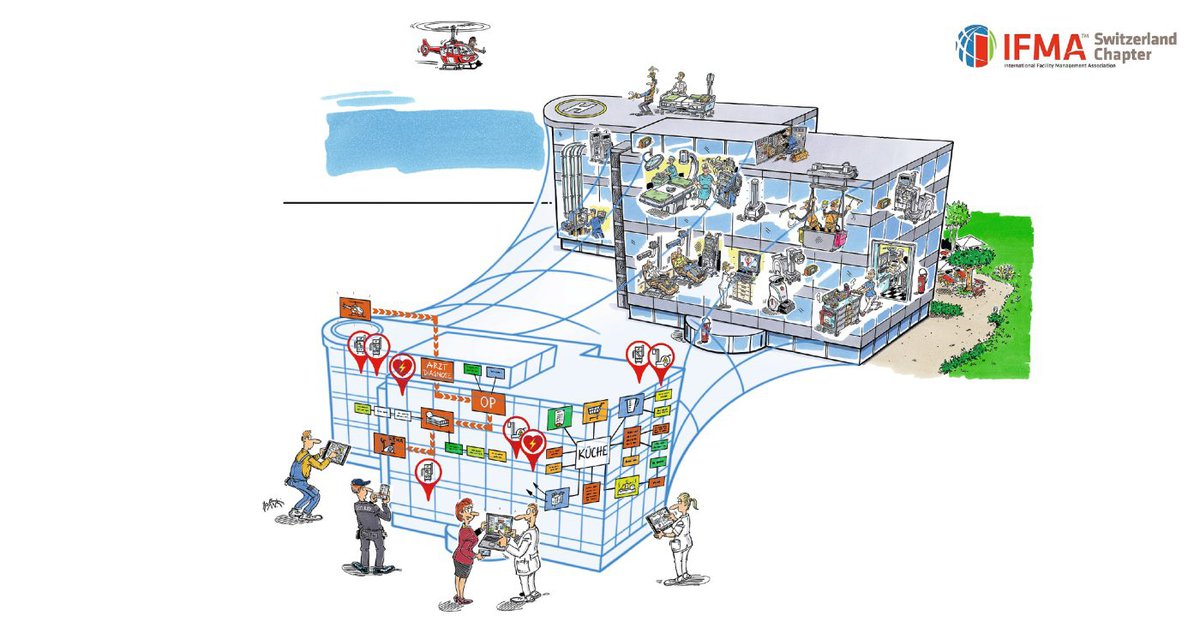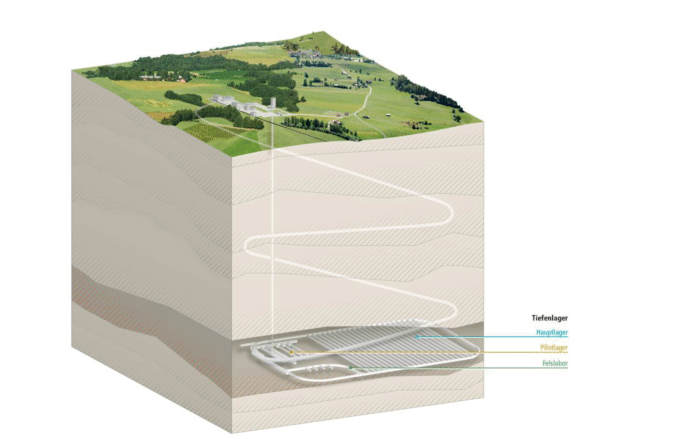Trends in new construction
There are three big drivers of change in our economy: globalization, cultural change and technological progress. Globalization is changing the way we look at things and intensifying competition.

Individualization and work-life balance bring new needs, but working and living with people from different nations also influences us. Many changes are also taking place through digitalization, i.e. with the use of new applications and media. Technological progress not only challenges us with its speed, but also influences the way we work.
Strategic Facility Management
Following the "Top Trends in FM" (CBRE 2019). the focus is on relationships, digitalization, people and business models for facility management. Long-term relationships based on partnership are becoming more and more crucial in order to cope with constant change with constantly increasing and changing requirements. Competition demands good benchmarks and the right KPIs, which requires good data structure and transparency. This leads us to digitalization. The fact that the focus is increasingly on people is based on individualization and sustainability: two topics that place great demands on our organization and processes. These first three top trends lead us to the fourth trend in FM: the reorientation towards flexibility requires a new strategy, new business models. "Simpler, more modular and more transparent" is the focus.
As facility managers, being collaborative, forward-thinking and technically savvy helps us to actively contribute our expertise and actively influence change.
Status quo: FM and the market
According to "FM Monitor 2019" by pom+ digitization in the FM industry is progressing only slowly. "The FM industry is only moderately infected by the digitalization hype. According to the survey, the use of digital technologies in the industry is stagnating at a low level. Only decentralized energy technologies are showing signs of progress. Of the twelve technologies distinguished in the survey, the greatest investment is currently being made in BIM and decentralized energy technologies." This clearly shows that the transformation will take time and that incentive models may also be lacking.
The majority of the education market has already reacted. The new technologies are being incorporated into higher education in real estate and facility management. But where do we stand in operations? The current study "FMgoesDigi" on the status of digitization in FM at the European level, which the facility management associations of Switzerland, IFMA and fmpro also supported, shows a mixed picture. Most "in use" are CAFM tools with 64.7 % and applications for mobile devices with 52.6 %.
What does digitization enable us to do, especially with new buildings?
For facility management, digital construction (BIM) reveals a good possibility and opportunity to exert influence in the planning and realization phase. The BIM method makes it possible to obtain information from a new building or conversion more directly and comprehensively. This is also reflected in the BIM dimensions, which support us to think as broadly as possible and to realize and use the advantages of digitization:
- 3D modeling ⇒ digital building, visualization
- 4D construction time analysis ⇒ time, thinking ahead
- 5D Cost analysis ⇒ Price allocation: real estate and movables
- 6D Sustainability ⇒ long-term, flexible
- 7D Life cycle ⇒ Facility management, materials
- 8D Safety ⇒ Risk and safety management
- 9D lean construction ⇒ process optimization
- 10D industrialized construction ⇒ Improve productivity
Buildings are constructed for 30-60 years and must withstand use during this time without expensive conversions. The key to effective facility management in a new building is to think of future-oriented solutions and concepts. These use standardization to reduce complexity, focus on the "multi-use" of the space and ensure a high level of customer benefit by means of modelable process design. With these prerequisites, the FM accompanying planning and construction can exert a great influence in building projects, set the corresponding requirements, e.g. also with regard to fire protection, at an early stage and monitor these during the planning and realization phase.
What can future FM solutions and concepts look like?
An already widespread concept is impersonal checkrooms for employees with automatic issue and return of service clothing. These are well placed near the streetcar stops and two-wheeler parking spaces and a short distance from the workplaces.
Other examples of how digitization can support the defined goals include the following
- Service robots for ad hoc transports where long presence times with high availability make personnel deployment too expensive
- Standardized material supply systems on the various departments, in which RFID digitally supports the ordering system and stock levels can be optimized by means of system evaluations
- Asset tracking, which enables interdisciplinary use of medical technology equipment across different departments and displays the location of the equipment at all times
- Touchless access systems with palm vein or facial recognition, which increase security because authorization by passing on visual IDs is no longer possible
Responsibility and added value FM
In the case of new buildings, the owner ideally commissions the user representatives to draw up an operating concept (functional specification) and the facility manager to supplement this concept with the FM concepts and processes. After the competition, the general planner is commissioned with the planning and realization of the new building on the basis of the specifications. The FM accompanying the planning and construction (pbFM) ensures that the requirements in the functional specification are met and supports the user or operator in further specification (materialization, process testing). The pbFM consults internal specialists such as the fire safety officer for all questions, specifications and tests.
The cooperation between architects, specialist planners and facility management managers still shows some deficits. On the FM side, the potential of technological progress is only slowly being perceived. Those responsible for the various FM disciplines often still think in their silos, and the benefits of integral FM, especially in today's economic environment, still need to be built up in many places. Greater collaboration across the various disciplines also strengthens shared expertise and argumentation vis-à-vis construction planning, which focuses on investment rather than lifecycle costs. For architects and professional planners, standardization and flexibility should be a much higher priority to ensure customer focus over the lifetime of a building. Ongoing training of all project participants is particularly valuable in order to use digitization correctly.
Technology is changing our processes significantly. To ensure that this takes place in a planned and well-structured manner, it is very important to align the facility management strategy with the company's digitization strategy. With the right use of technology, we gain competitive advantages.
Presentation excerpt "Strategic FM - Trends in New Construction", GVZ Conference Fire Protection 2022
This technical article appeared in the printed issue SicherheitsForum 4-2022. You want to read the articles of this issue? Then close right away here a subscription.









